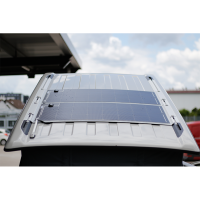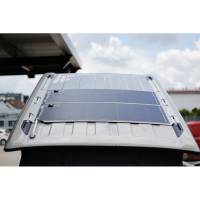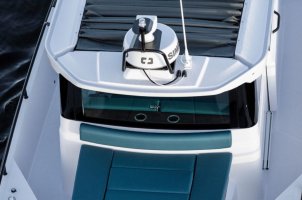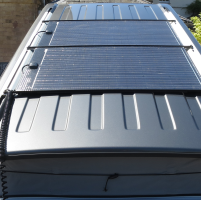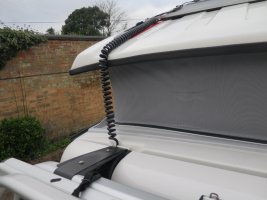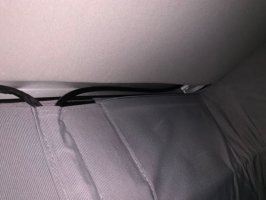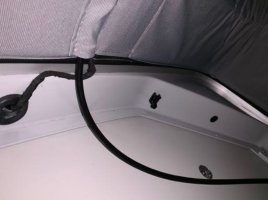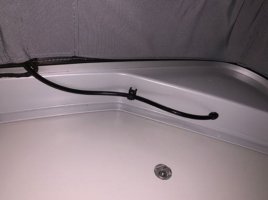We have a T6 Ocean. It is fitted with dual permanent solar panels from
@Roger Donoghue.
We also have an Eriba with a portable "suitcase" solar panel which we use to charge the Eriba battery. It wasn’t hard to wire up - if you have installed one, you can install the other.
Consequently, we are able to use sites without hook-up - indeed sites without (m)any facilities at all. Between the two, we have more than enough power to keep everything going. With anything like moderately decent weather there are no issues with using lights, iPads, phones, cameras etc and keeping everything fully charged. And my daughter who uses the Eriba is a heavy user of gadgets!
The suitcase solar panel was just a cheap 100w unit from Amazon. After the first couple of trips, I replaced its cheap controller with a Victron MPPT controller which has significantly improved the efficiency of the panel. I used the suitcase panel on the California to begin with then transferred it to the Eriba when I bought Roger’s units.
As currently arranged, the Eriba’s fridge doesn’t run from the 12 volt supply, so we use either gas or stick solely to the California’s fridge.
Three weeks in the South of France in a field owned by a friend with no hook-up was a breeze. Similarly, a week in Cornwall in October was also no problem. And in late October we were using the lights a lot! And barely moved the California all week. Two weeks in North Wales in August when it rained very day was also no problem.
During the last 10 weeks, the California has travelled 4 miles and 3½ of those were getting back home after buying the diesel. The batteries are always fully charged – and we’ve even been using the fridge.
Driving around during the day will also help keep the California’s batteries charged.






